
This is a bittersweet story of a little car that went up against giants and lost, but came away a hero.
I use the word ‘hero’ in more of a philosophical sense, because although the SARD-engineered MC8-R race car never came close to a podium, it stands as a champion to many, for reasons I will endeavour to explain.
The car I’m about to show you today is the one-of-one MC8, a car built to homologate the Toyota Team SARD MC8-R for Le Mans in 1995.

In the early ’90s, with the demise of Group C, Toyota decided to make a transition from purpose-built race cars like the TS010 to production-car-based GT machines for Le Mans.
Toyota chose the JZA80 Supra and SW20 MR2 models to headline this new direction. The former, much like its rival, the Nissan Skyline GT-R LM, seemed like an obvious choice, but to satisfy the Le Mans rulebook, the GT-spec Supra was powered by a 2.1L turbo 3S-GTE engine.

The second entry from Toyota was a little more unlikely. They chose a SARD-developed MR2 to go head-to-head with the likes of the McLaren F1, Kremer K8 Spyder and Ferrari F40 LM. In order to stand a chance, Toyota and SARD would need to beef up the little mid-engine MR2 considerably. But would it be enough?
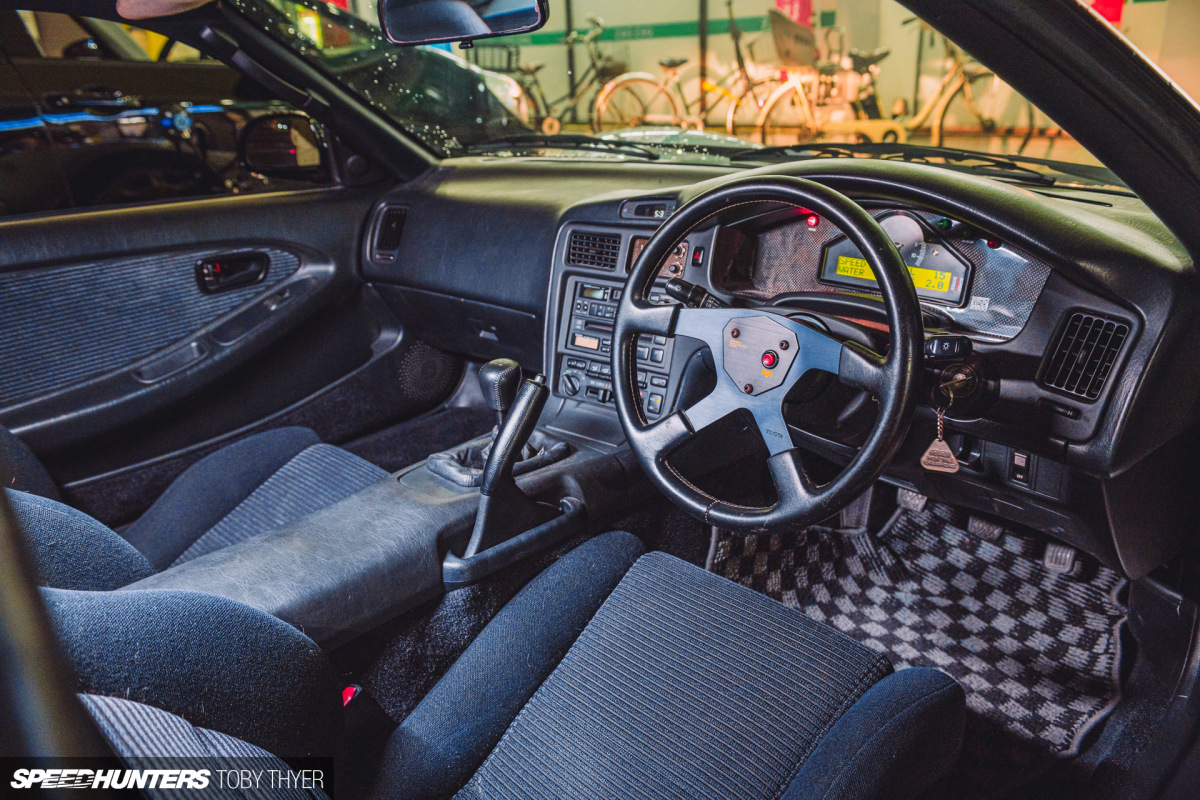

Toyota Team SARD built a few cars for competition use, but they only needed to build one road-going version to satisfy the homologation requirements. That makes this car the only road-legal, stretched, V8-powered MR2 in the world. It disappeared shortly after Toyota and SARD finished racing in 1997, but resurfaced 15 years later.
The MC8’s current owner, Mr. Y, bought it a few years ago, and after a long process bringing it up to current road and safety standards, put the unique car back on the street.

As for the original cars that competed at Le Mans, the first ’95 car was scrapped, and the ’96 car was updated for the 1997 season and joined by another new MC8-R. One of those ’97 season race cars caught fire, and rumour has it that the fire-damaged machine was salvaged and turned into a road car, but that hasn’t been confirmed.
The sole-surviving ’97 Toyota Team SARD MC8-R works car is owned by a private collector in Aichi Prefecture, or maybe Gifu. At the time of writing, further investigation is needed, but it’s a car that I for one would love to see.
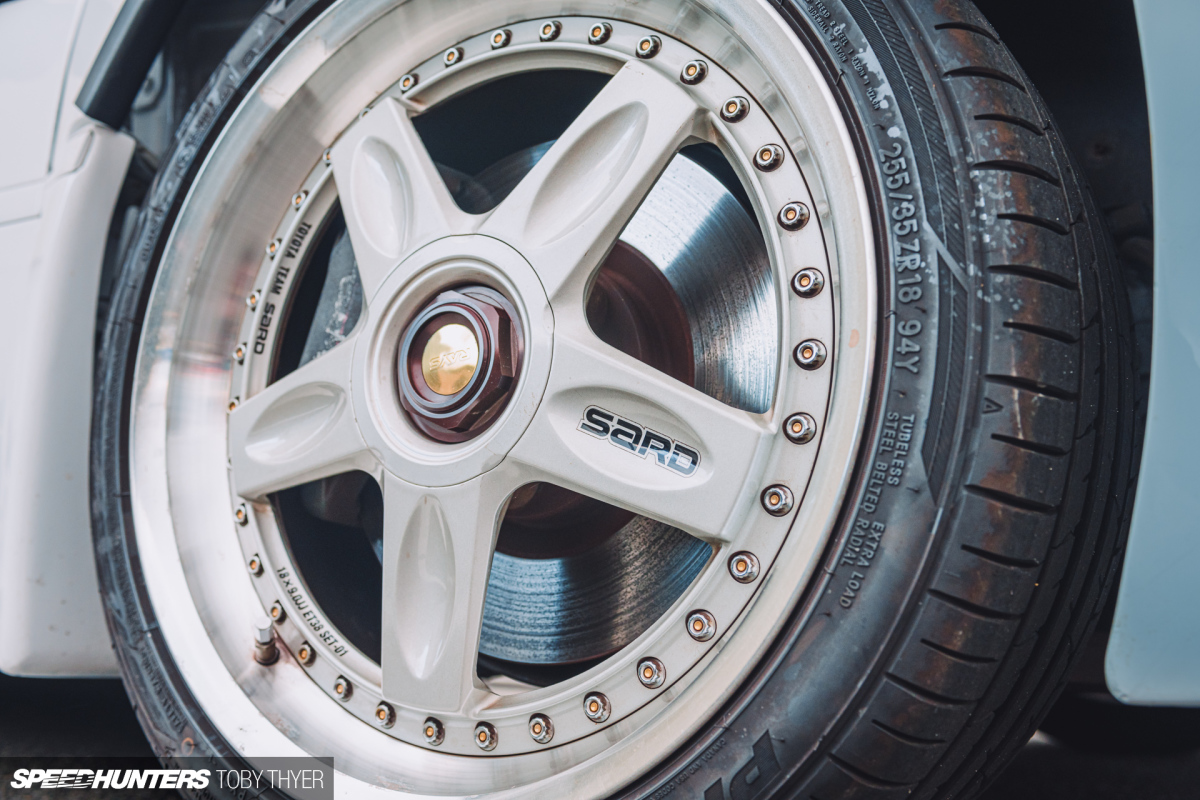
To ensure the MC8-R would be stable at the constant high speeds that Circuit des 24 Heures du Mans demands, SARD reinterpreted the rulebook and lengthened the MR2 around 400mm from the rear wheel arches. Essentially, SARD built a tube frame to support the rear of the car, but kept the majority of the front half of the chassis untouched.
This was the first GT machine to be modified from a road car by having its complete rear section replaced with a tube frame. It’s a technique Porsche borrowed for its hugely successful 911 GT1.
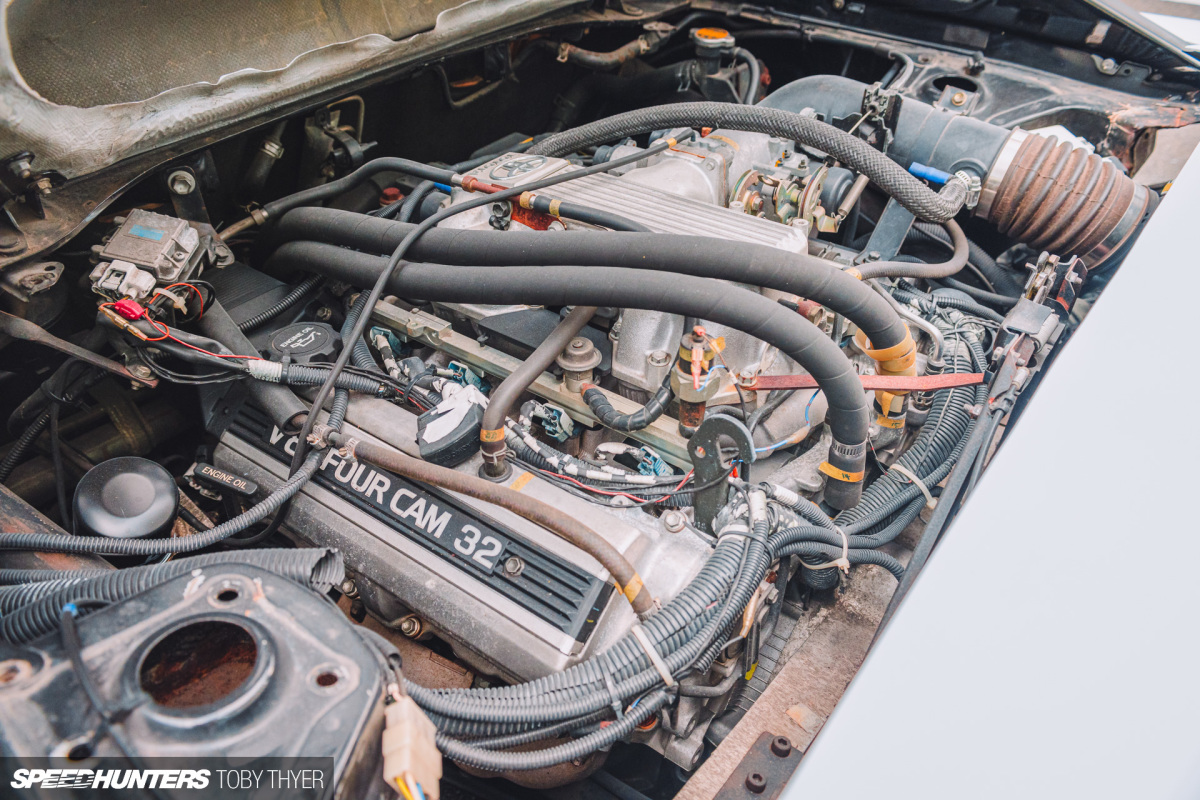
Another reason for stretching the MR2 was to fit a 4.0L 1UZ-FE V8, which at the time was found in the Lexus LS 400 and Toyota Aristo. It was a brave move from SARD, but a choice backed up by the reliability of the venerable quad-cam 32-valve V8. The engine was developed with GT500 applications in mind, although it never made an appearance in that series.
The MC8-R race cars were fitted with a twin-turbo system from SARD’s catalogue, but the road-going MC8 version wasn’t treated to any forced induction.


In race trim, the MC8-R was a proper power-to-weight champion. In 1995, it weighed 1,273kg (2,806lb) and made 580PS. In the following years, weight was trimmed down to 1,061kg (2,339lb) and then down to 1,000kg (2,204lb) in 1997, while power went from 580PS to 664PS respectively.
Sadly, no matter how cool the car looked, or how ridiculous the power-to-weight ratio was, the MC8-R had worse luck than a black cat walking under a ladder on Friday the 13th.

On its first appearance at Le Mans in 1995 it didn’t manage to finish the race due to clutch failure. In 1996, SARD switched from a 6-speed Hewland transmission to a 5-speed March Engineering unit, but the stronger gearbox was the least of their problems. Even after dropping around 200kg, the car qualified in basically the same place as the previous year, then came second to last on race day.

Considering the competition, it’s not surprising; even the mighty GT-R and NSX only came 15th and 16th respectively out of 25 finishers. The little MC8-R was up against cars like the McLaren F1 and the Porsche GT1
Coincidently, remember I said that Porsche borrowed SARD’s idea to make a rear tube frame for their 911 GT1? Well, guess which Porsche absolutely wiped the floor that year… If Albert Einstein copied your homework, I think you can chalk that up as a pretty big win.

In ’97, after shedding even more weight and pumping up the power, things still didn’t go well for the MC8-R at Le Mans. Despite the team’s best efforts, they didn’t qualify and ultimately gave up trying.
The cars went on to race in a few Japan championships, but without any real success there either. It’s a shame, because the MC8-R was a brilliant recipe for a very cool race car; perhaps Toyota Team SARD just had their sights set too high…


As a road car, the MC8 is an absolute joy, so perhaps this is where it should have been developed more. Maybe, like so many marques, the homologation specials are actually better than the race cars they are modelled on.
I’m sure if the SARD MC8 was built as a limited-run production car, it would have sold like hot cakes. At least there’s this one though, and thankfully Mr. Y is driving it on the streets of Japan as a reminder that dreaming big is sometimes more important than winning.
Toby Thyer
Instagram _tobinsta_
tobythyer.co.uk

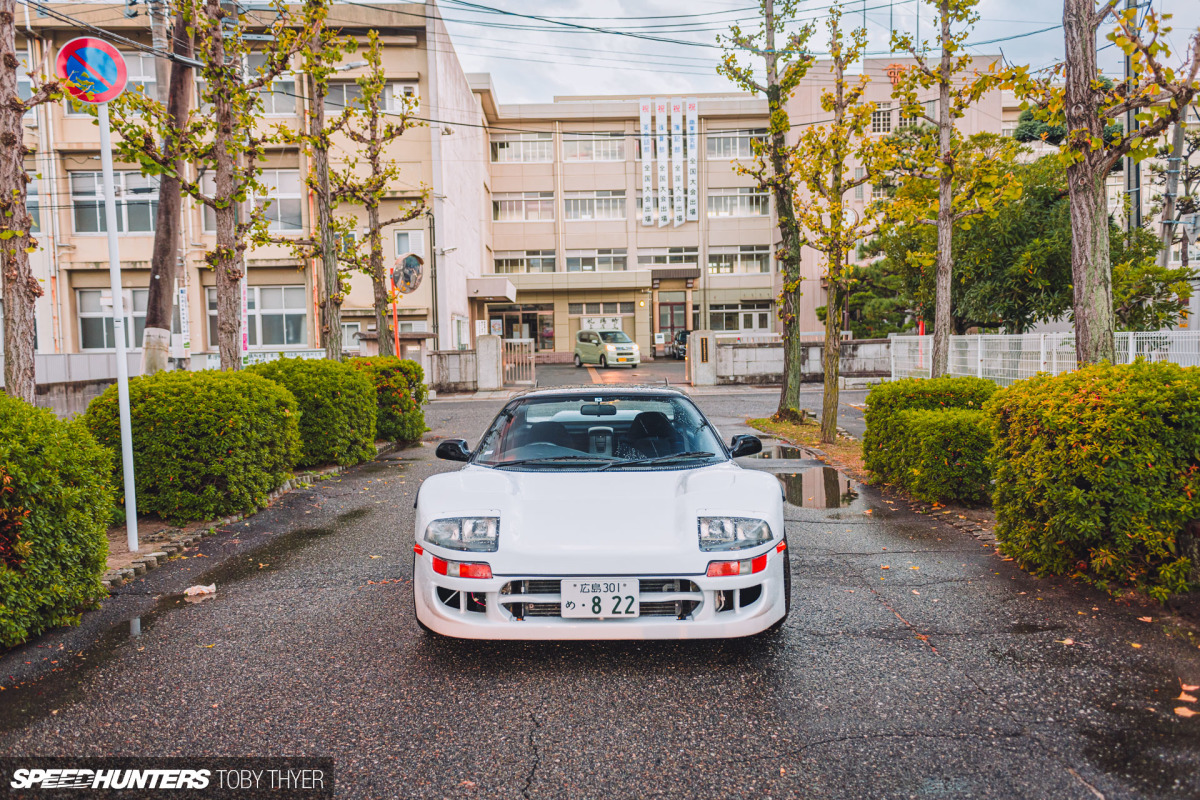



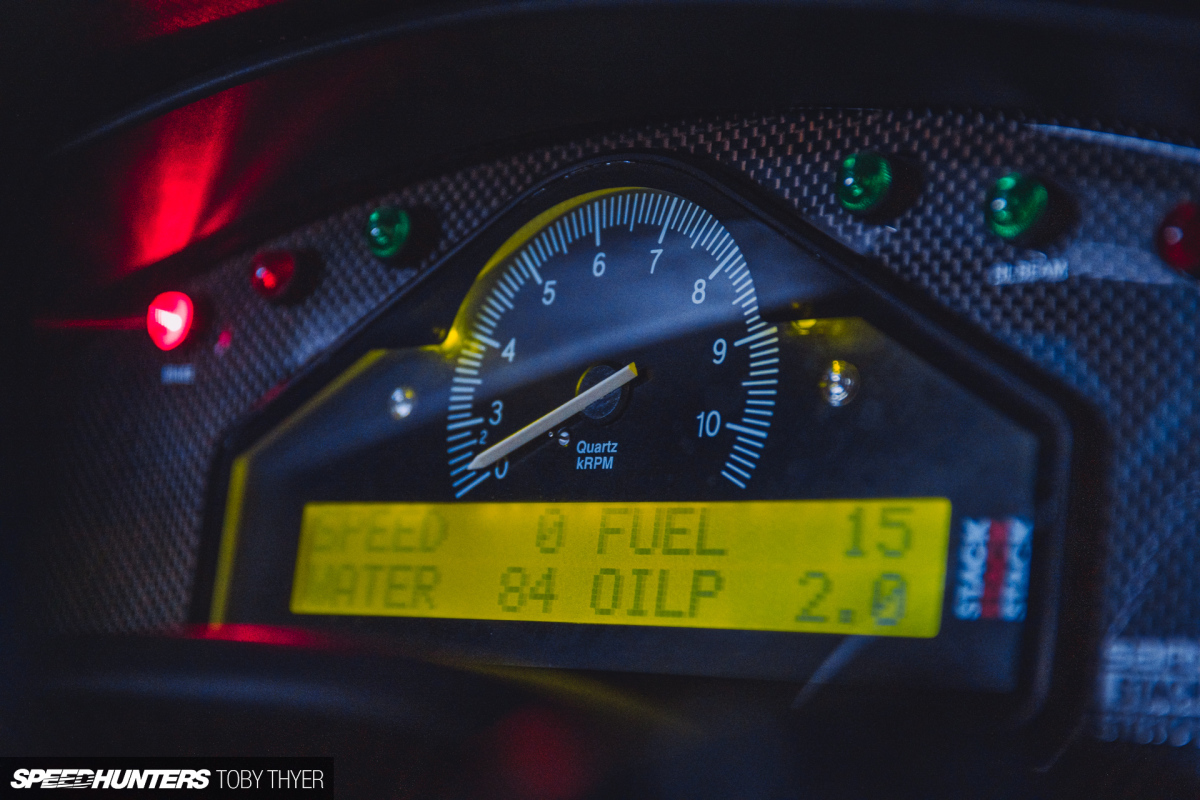
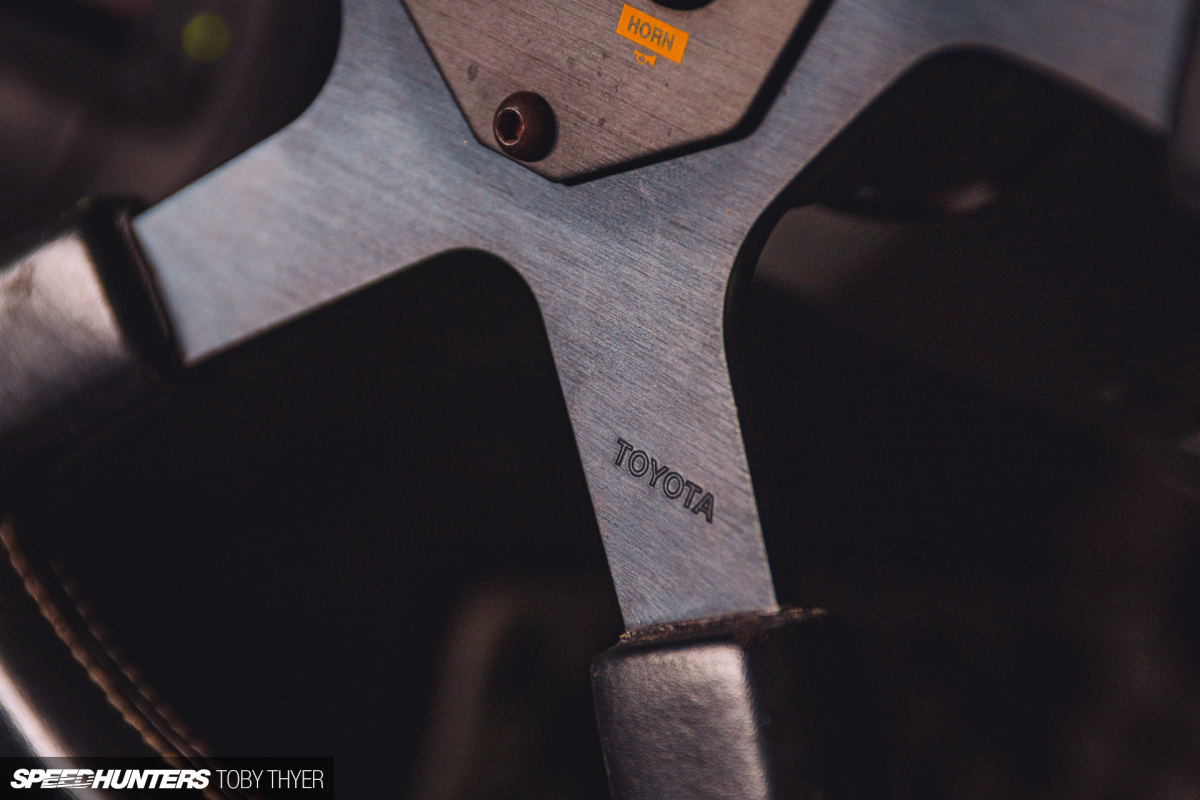
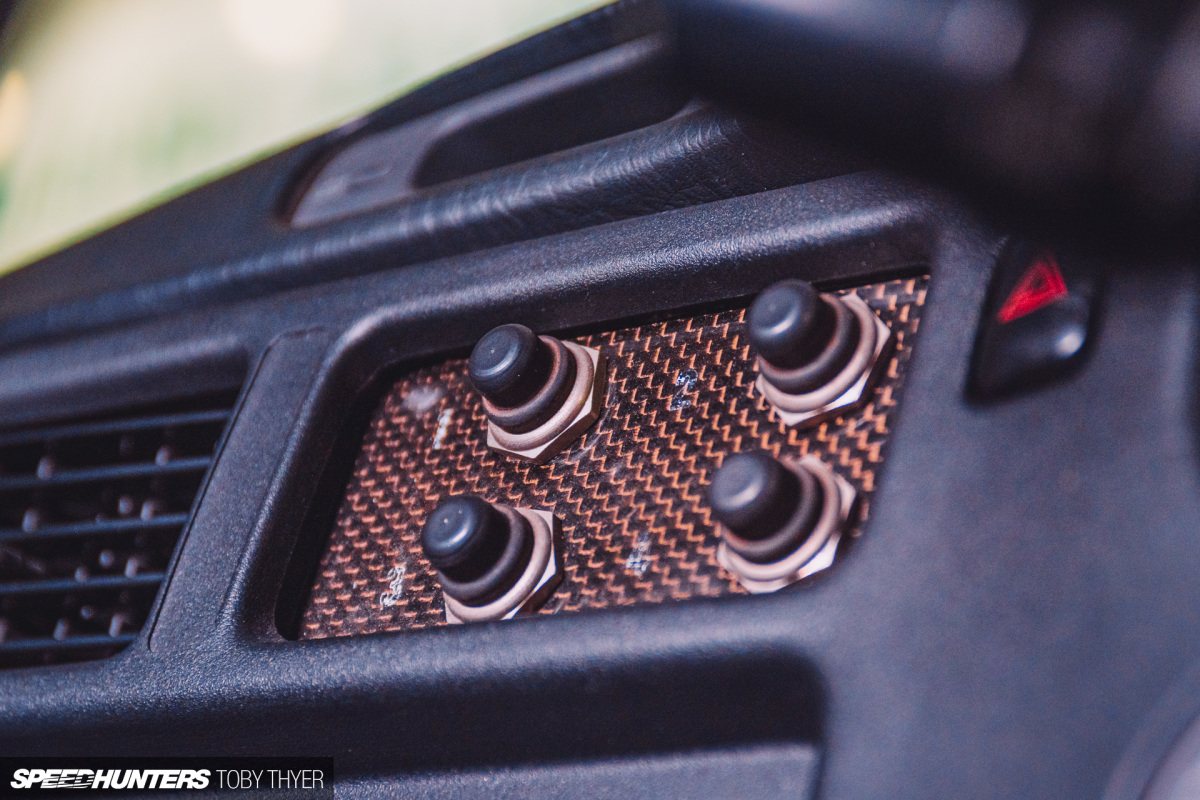

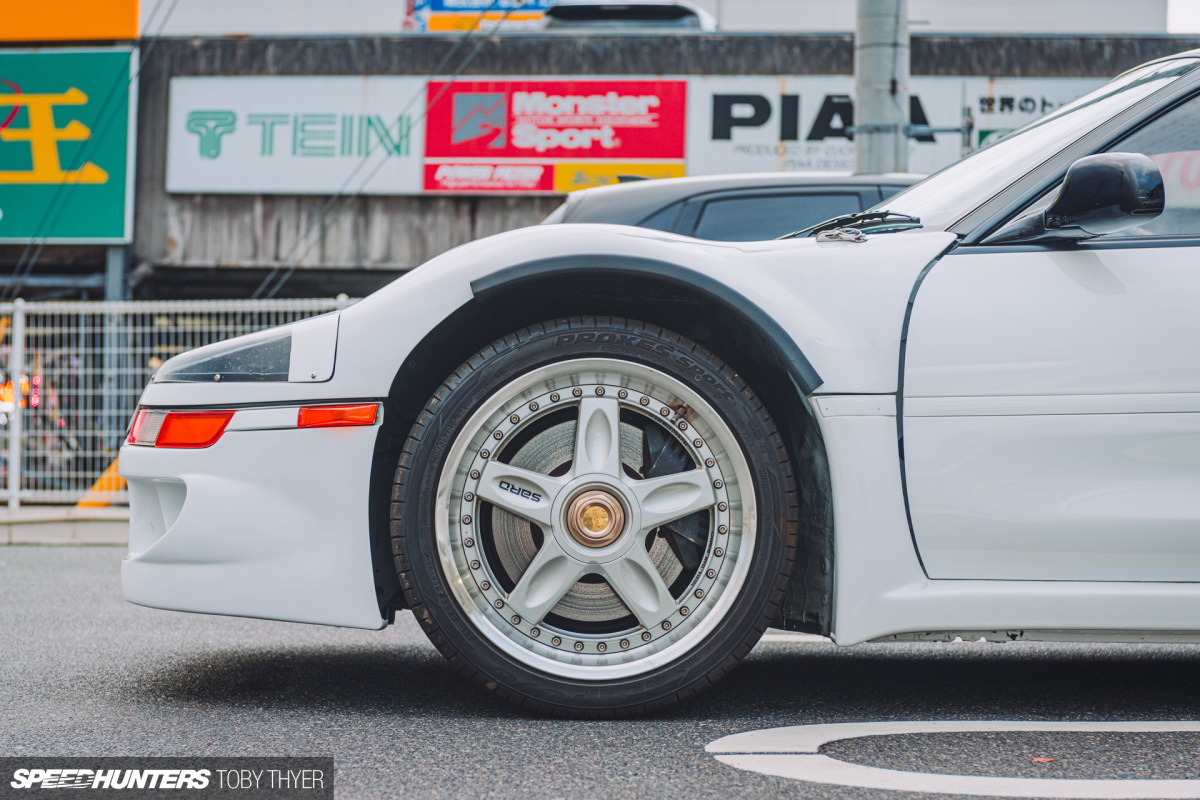
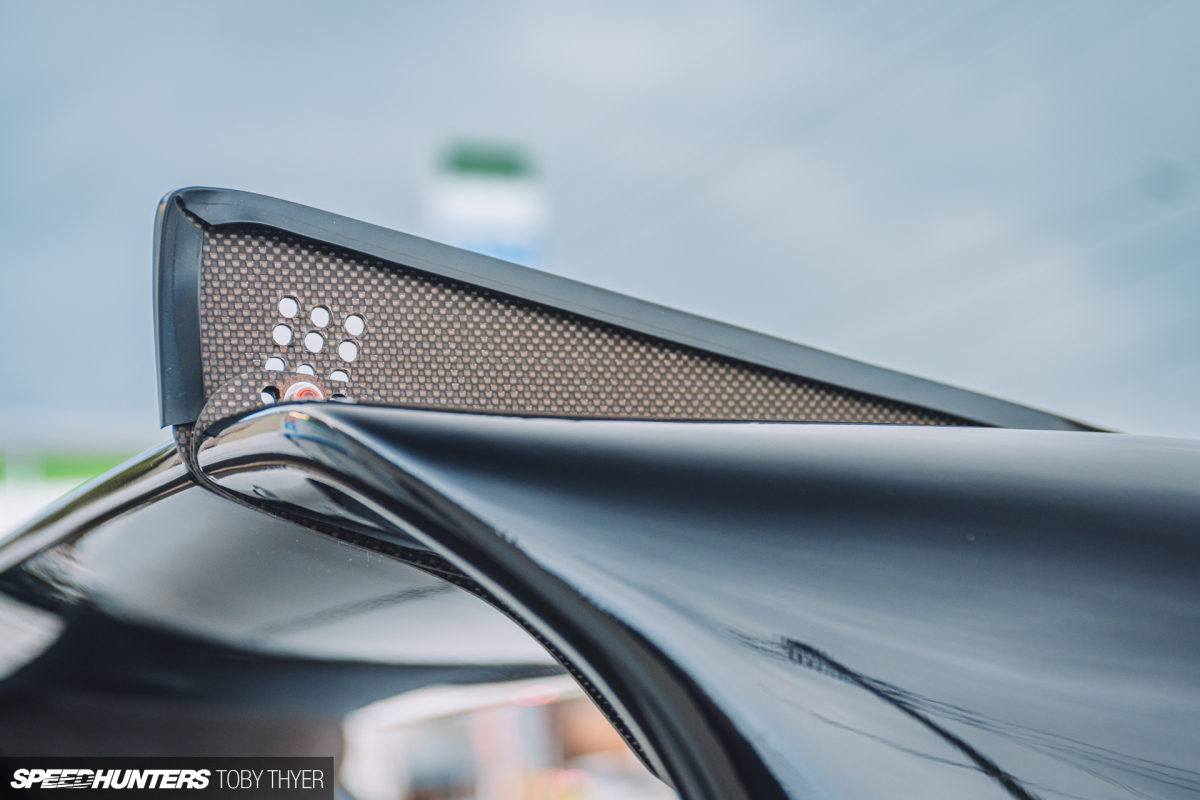
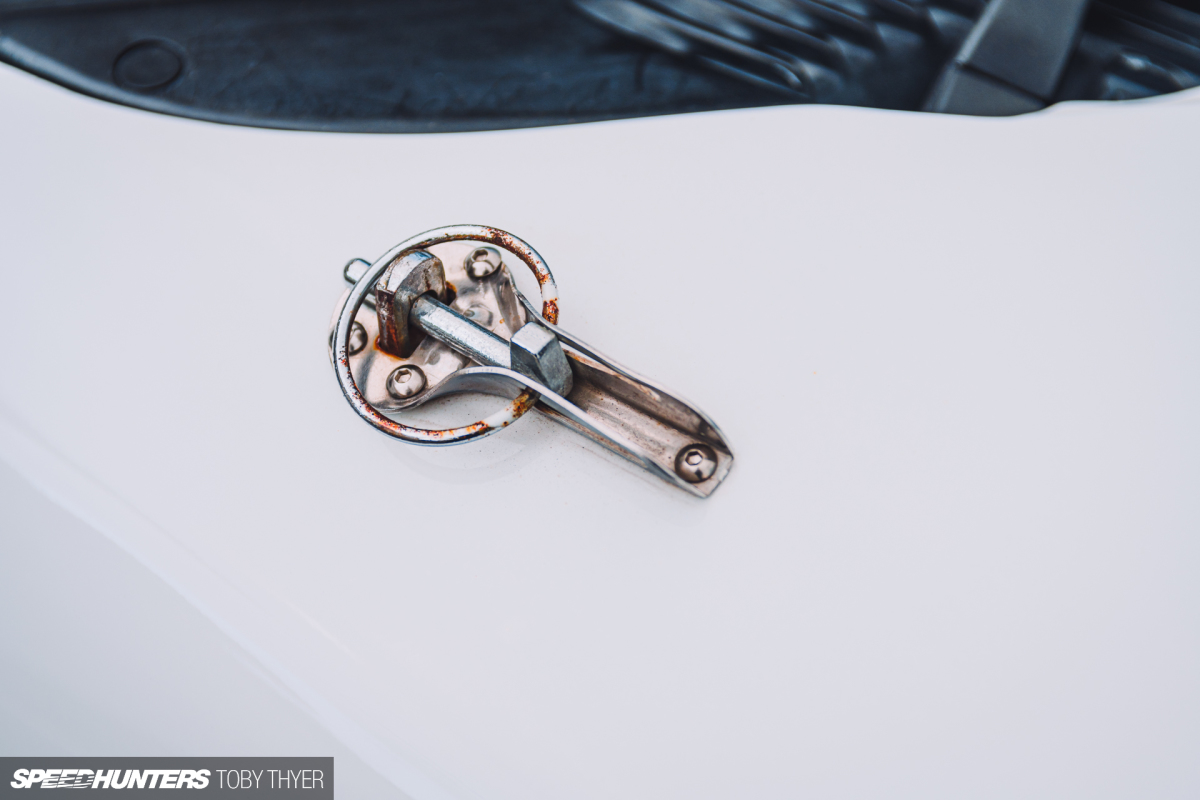
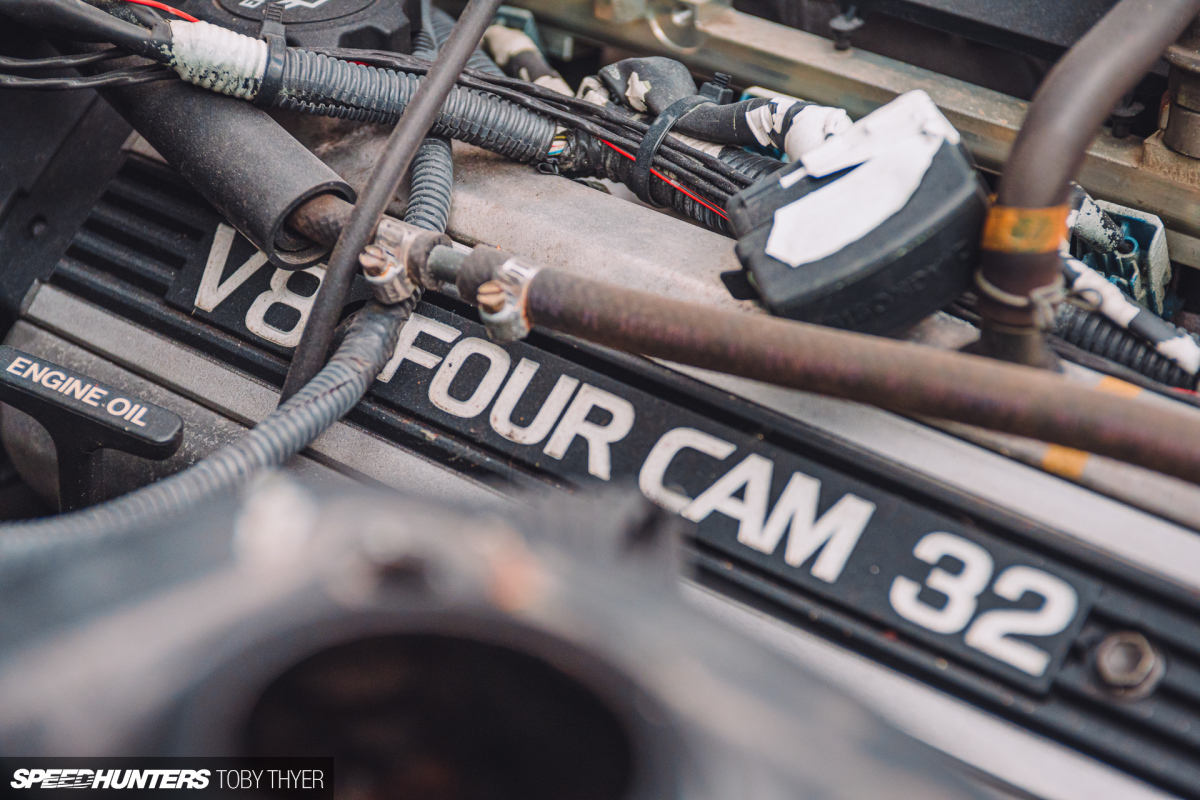
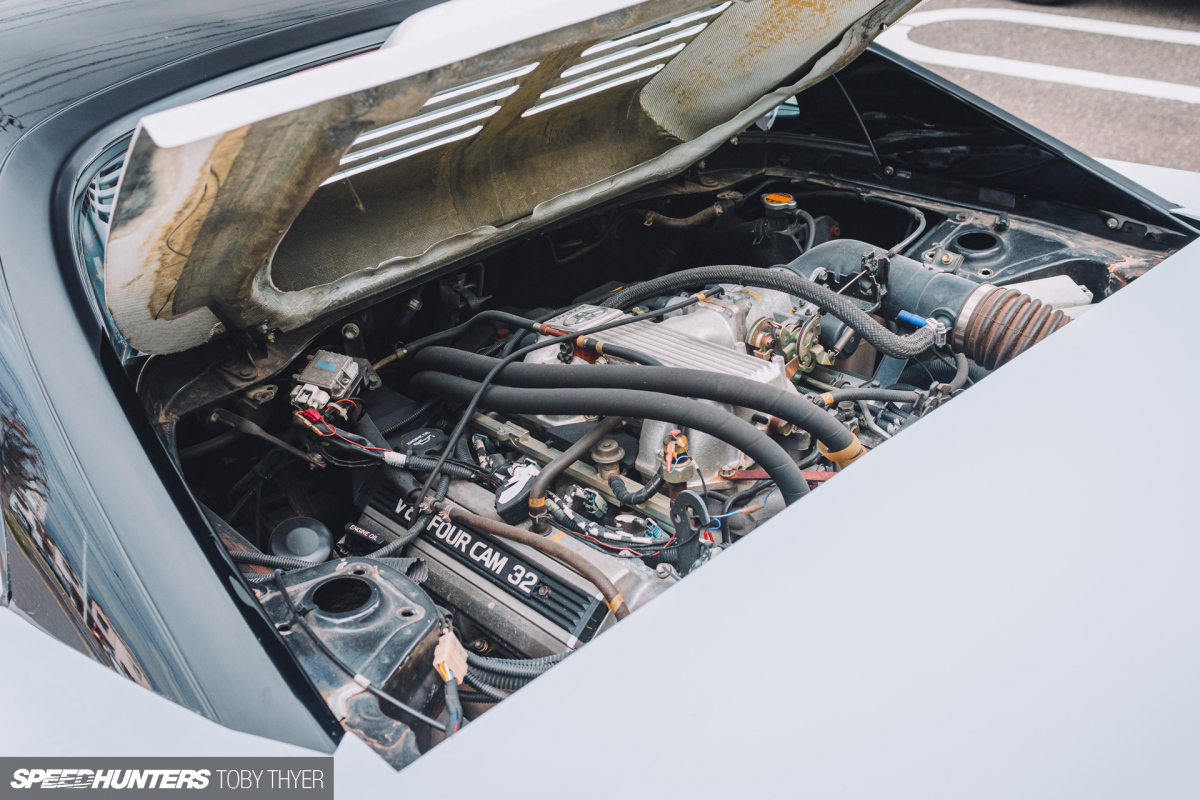



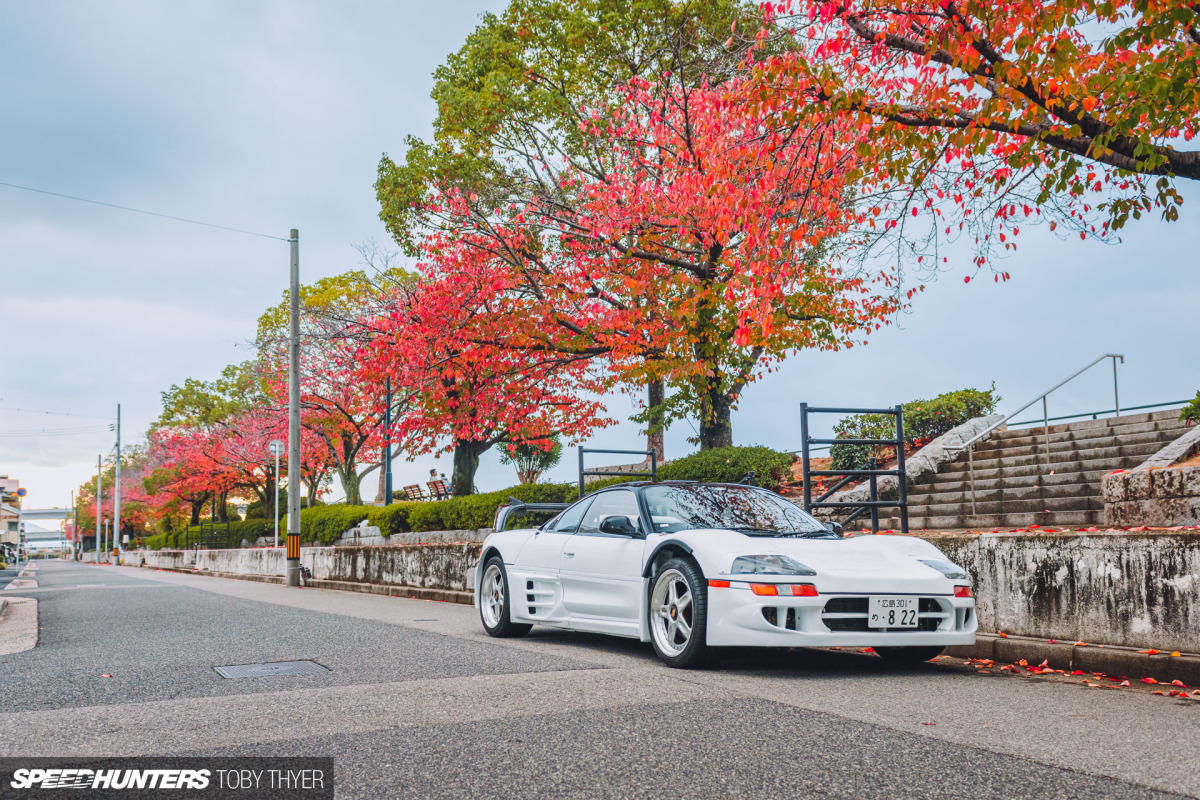





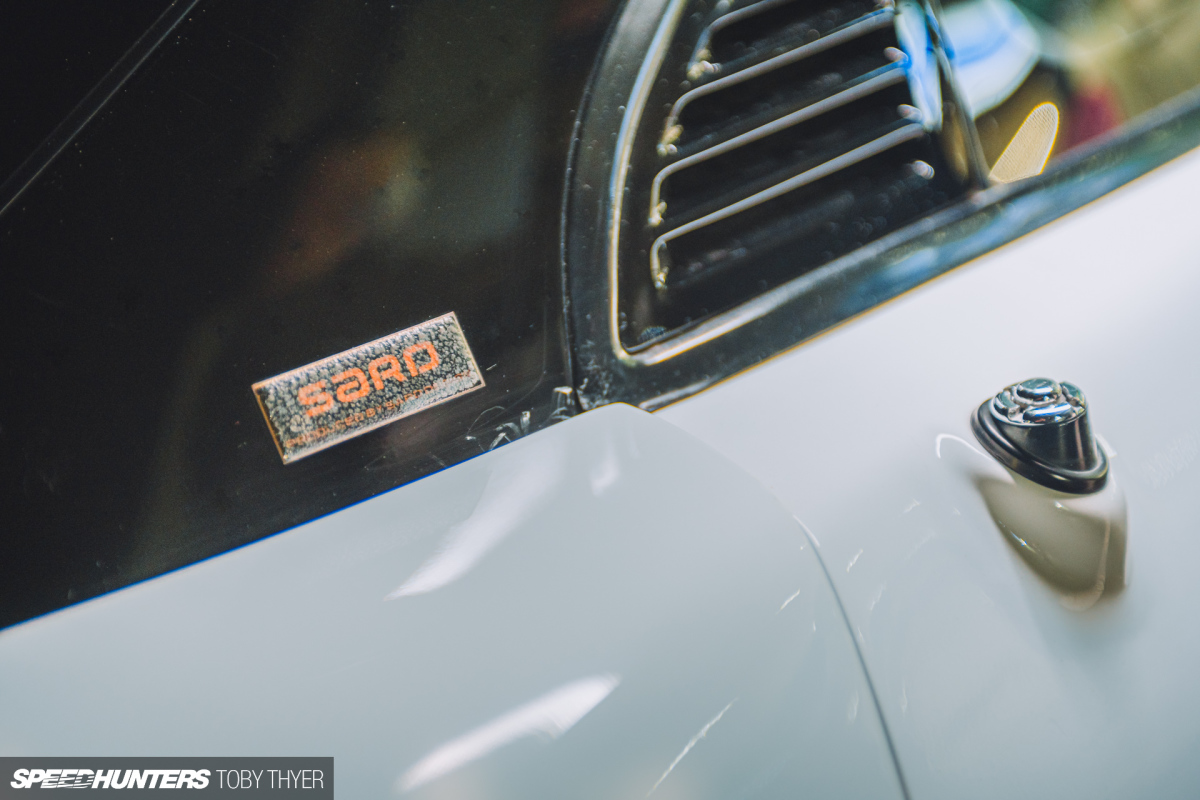






That's a very interesting story. I would like more details abot the technical aspects of the road car though. For example what gearbox does it use, what brakes, if there are any differences in the engine compared to the standard UZ found in the Lexus?
Good question, something I probably should have covered more in the story, sorry. The road car has the same push rod suspension as the Works cars, it has A80 Supra brakes (still with some Supra lettering). The transmission is a Porsche unit, but the owner isn't sure exactly what model. The engine in the works cars was of course fully built by SARD and the engine in the road car, according to the previous workshop that maintained the car, is not completely stock, presumably with some updated internals.
It's surreal to see a full detailed post about this. There used to be like 3 pictures of the car on the whole google search.
Yes! A few grainy pictures in some obscure Japanese car magazine back in the day and that's it.
Thanks for shedding light on this. Can sleep a little better now
This car was pure fire at Le Mans! :^)
Wow that is a strange car, so cool to see the recognizable parts. Wish homologation cars were still a big thing.
I remember being blown away the first time I saw Mr Y on Instagram a few years ago that one of the MC8s had survived. I've seen him say he wasn't aware of what it was when he first found it so massive respect to him for chosing to roll up his sleeves and keep a car like that alive, would be a big task for any enthusiast, never mind someone coming into it fresh and learning the real history. Such a shame none of the later spec cars seem to have survived as they looked utterly bonkers in the best way possible. Would love to know more about the 97 spec in a collection referenced in the article.
I do love that Japan is starting to give up some of its car culture mysteries thanks to journalism like this, although I also wonder if that mysteriousness is part of what makes it so special?
Good article, but the insinuation that Porsche stole that idea with a tube-frame rear is a bit of weird JDM-fanboying. I don't know how long the respective rule book/rule set existed when Toyota adapted it, but to me it is much much more likely that Porsche and Toyota had this same interpretation of lengthening a chassis' rear simultaneously, and Porsche just took a year longer to make an actual working & competitive car out of it.. instead of Porsche engineers spying on Japanese teams that, honestly, ran as curious but hopeless outliers at Le Mans at that time.
This guy follows me on insta but being in the MR2 scene for so long there were some interesting photos of the car on forums before the current owner bought the car. So aside from the rear being completely different it also has double wishbone suspension up front. But it’s great seeing this rare homologation special being driven around Japan!
Looking at the interior it looks like the original base car was an a 1992\93 car even though it has the facelift rear lights.
What a great story! I did a little digging and found this from 2015 - https://www.youtube.com/watch?v=3uL-JHzmeYA&t=65s There's also a follow up video from 2019 in the comments.
Hopefully that engine bay will get some loving soon!
this thing is awesome, basically a roided mr2
I have been following the owner of this MC8 for quite a while and I was really surprised to hear that this very car will be featured here on Speedhunters
But I guess we all knew that sooner or later this car will be here on this page because of course why not?
Big up for the owner for daily driving this thing very few will take this kind of car on the road like that and it's a unique one too